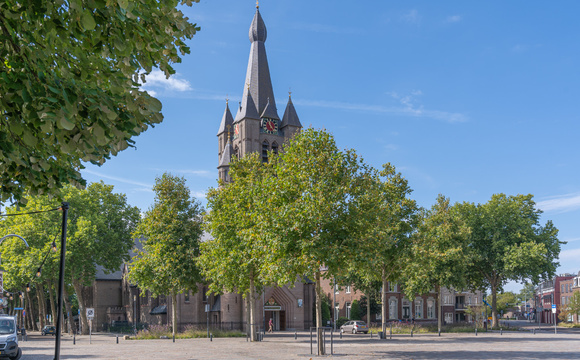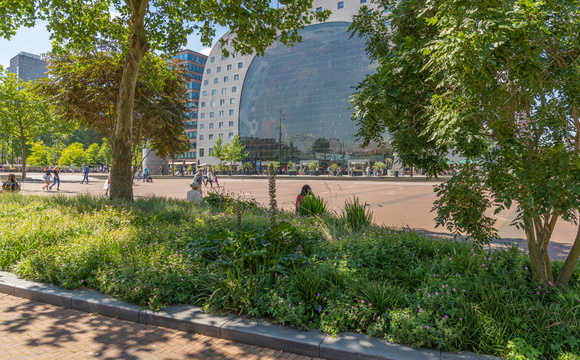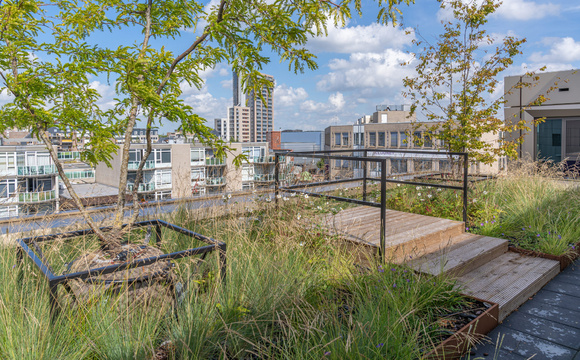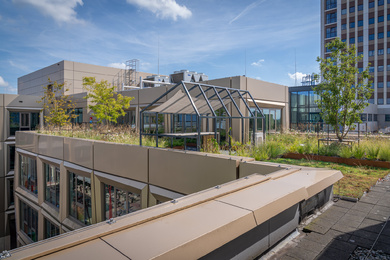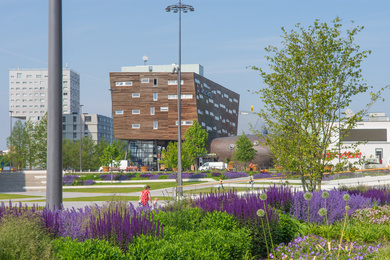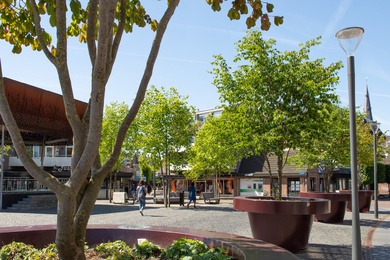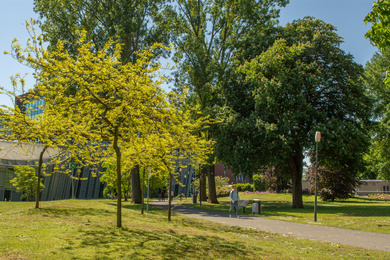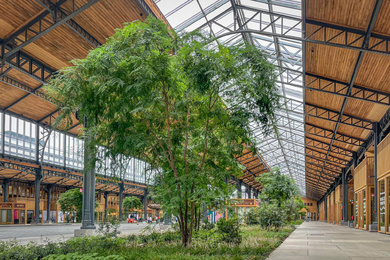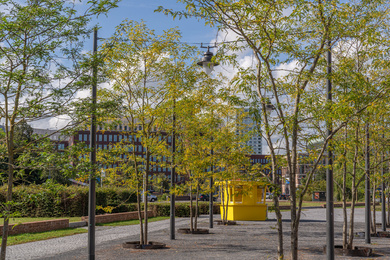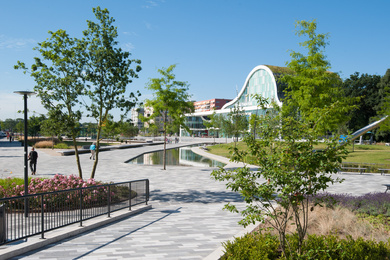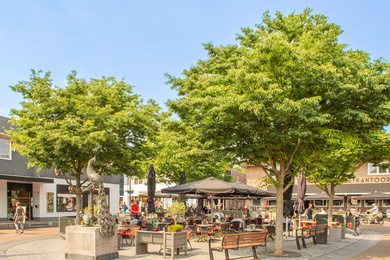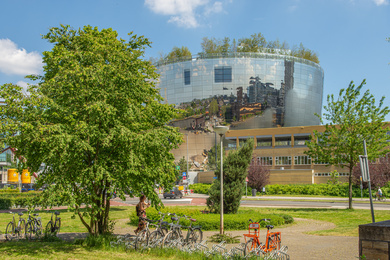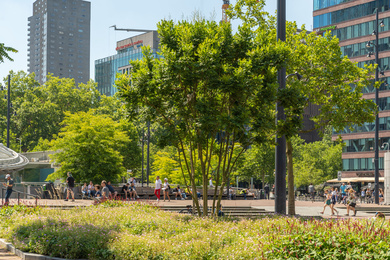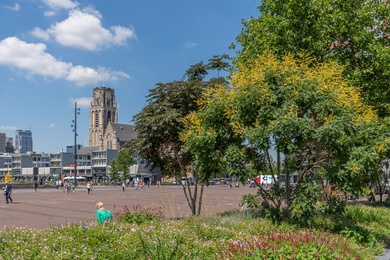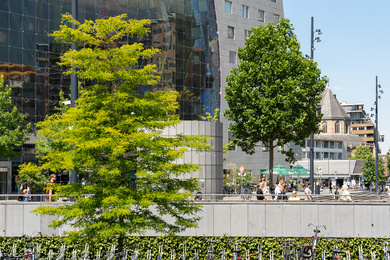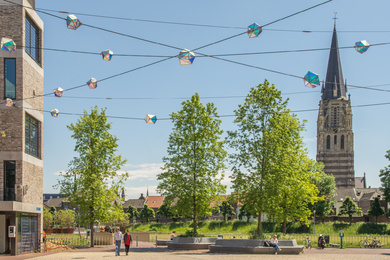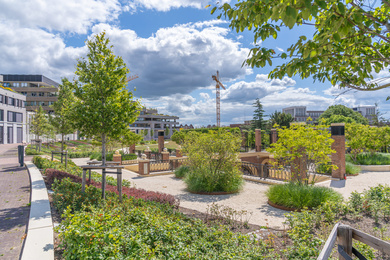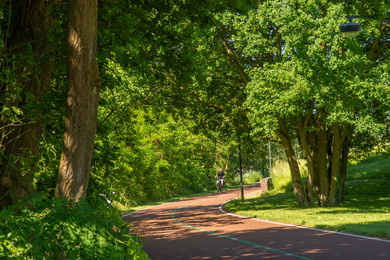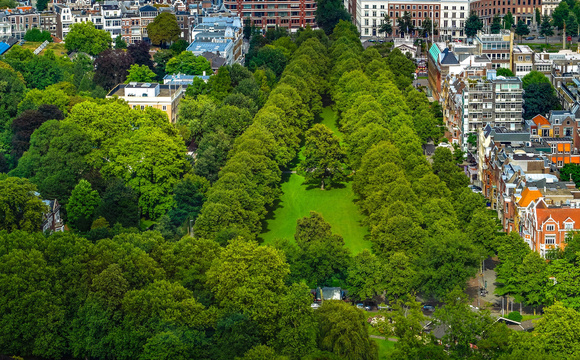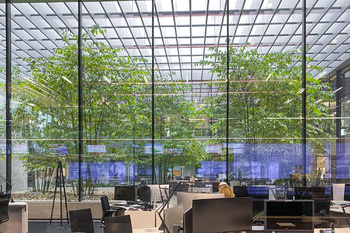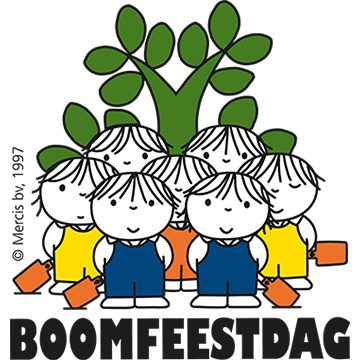Trees and underplanting form the core of public parks and gardens and to a large extent determine the atmosphere in public spaces and thus the experience of the residents. However, trees do much more than decorate a space beautifully: they provide numerous ecosystem services which are of immense value in ensuring the best possible living environment in the area. They ensure cleaner air, reduce heat stress because they provide shade and cooling, reduce CO2, offer water storage and greater biodiversity.
Planting in public spaces has to take into account more factors than just function. Growing location, management and maintenance of the plants also play an important role. This calls for a great deal of expertise from the managers of the green spaces.

